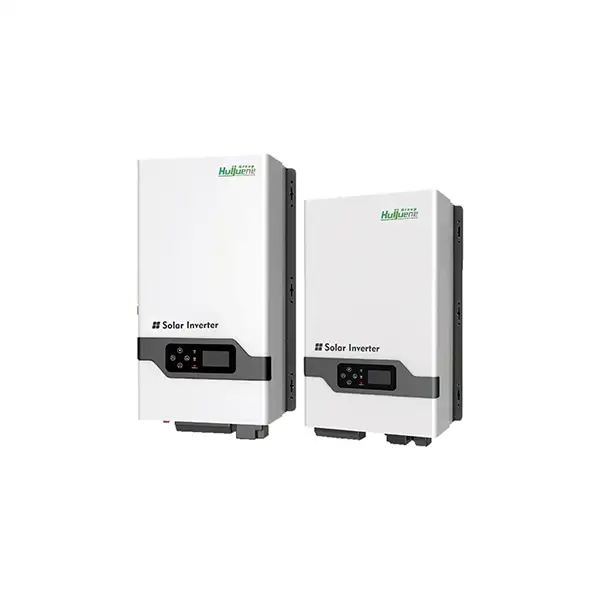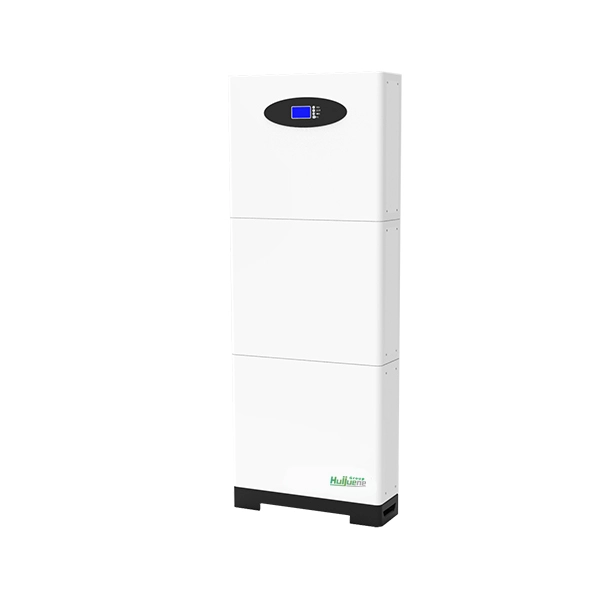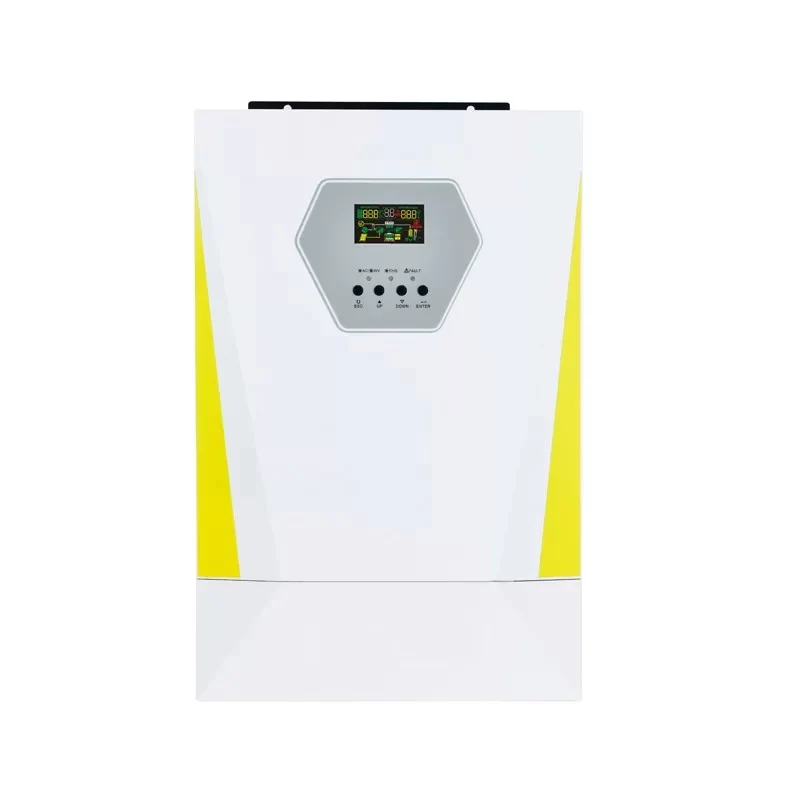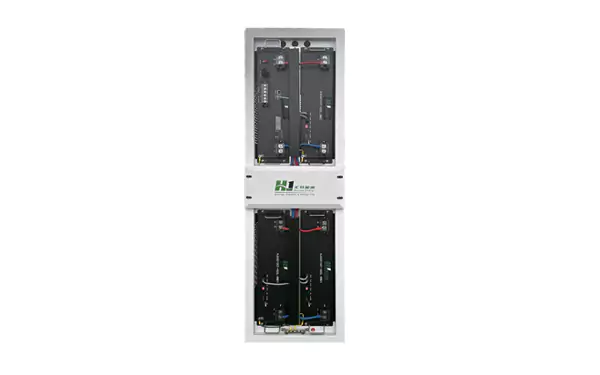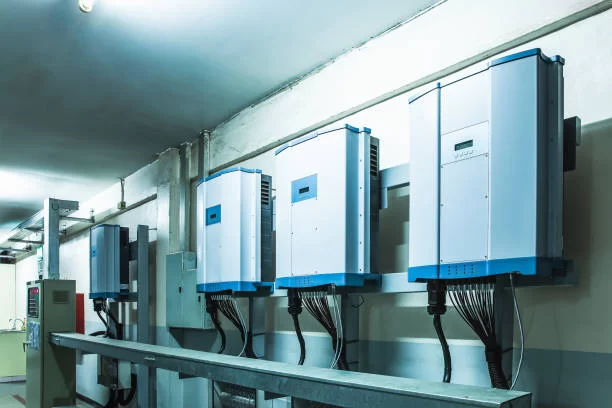The Multi-Cloud Challenge of Inverters: How to Maintain Stable Energy Output
In photovoltaic systems, the role of electrical inverters is crucial in maintaining a stable energy supply, especially under varying weather conditions. Cloudy weather, in particular, poses a significant challenge to inverters as it leads to rapid fluctuations in solar radiation. These fluctuations can cause instability in the power output of photovoltaic panels, requiring electricity inverters to adapt quickly. This article explores how modern inverters manage these challenges, ensuring efficient energy conversion and stability even in unpredictable conditions.
The Impact of Cloudy Weather on Photovoltaic Systems
Cloudy weather can drastically affect the performance of photovoltaic panels. As clouds pass over, the amount of sunlight reaching the panels can change rapidly, leading to significant fluctuations in energy output. For electrical inverters, this variability creates a complex situation where they must continuously adjust to maintain a stable energy supply. If not managed correctly, these fluctuations can lead to inefficient energy conversion, overheating, and even potential damage to the inverter itself.
Inverters with an efficient maximum power point tracking (MPPT) algorithm play a critical role in responding to these rapid changes. MPPT allows the inverter to constantly adjust its operation to extract the maximum possible energy from the solar panels, regardless of the current weather conditions. This feature is particularly important in multi-cloud scenarios where the intensity of sunlight changes frequently throughout the day.
The Special Functions of Modern Inverters
To cope with the dynamic nature of solar energy generation, modern electricity inverters are equipped with advanced control algorithms and monitoring systems. These systems continuously monitor not only energy production but also consumption patterns, battery charging status, and grid conditions. By doing so, the inverter can adjust its performance to optimize energy output while also maintaining the stability of the system.
Some high-end inverters come with additional features such as intelligent temperature control. This function enables the inverter to adjust its operating state based on the ambient temperature. For example, in hotter conditions, the inverter can modify its power output or increase ventilation to prevent overheating. This proactive temperature management improves both the stability and lifespan of the inverter, ensuring that it operates efficiently even under challenging conditions.
Protection Measures for Inverters in Cloudy Weather
Given the frequent fluctuations in solar radiation caused by cloudy weather, inverters are designed with several protection measures to prevent damage and ensure long-term reliability. One such feature is the independent air duct design, which ensures that hot air is discharged from the inverter without affecting critical power distribution components. This helps maintain temperature stability within the inverter, reducing the risk of overheating.
Additionally, modern electrical inverters include overload protection, short circuit protection, and overheating protection. These safeguards are essential in preventing damage caused by sudden power surges or unexpected energy spikes, which can occur during rapid changes in sunlight intensity. By incorporating these protective measures, the inverter can maintain stable energy output even in challenging weather conditions.
Advanced Monitoring and Grid Interaction
Another critical function of modern inverters is their ability to interact intelligently with the electrical grid. In cloudy weather, energy production can drop significantly, leading to increased demand on the grid. Electrical inverters with advanced monitoring capabilities can adjust their output to match the needs of both the grid and the home or business they are powering.
Some inverters are equipped with real-time data analytics, which allows for more precise control of energy production and distribution. By monitoring grid conditions, these inverters can decide when to store energy, when to supply it directly to the grid, and when to reduce their power output to avoid overloading the system.
The challenge of maintaining stable energy output during cloudy weather is a key concern for modern photovoltaic systems. Electrical inverters equipped with advanced MPPT algorithms, intelligent temperature control, and robust protection features are essential in ensuring that energy production remains efficient and reliable, even in fluctuating weather conditions.
Moreover, integrating mechanical storage solutions can further stabilize energy output by acting as a buffer during periods of low solar radiation. As technology continues to evolve, electricity inverters will play an increasingly important role in the future of renewable energy, helping to balance supply and demand while maximizing the efficiency of solar energy systems.

